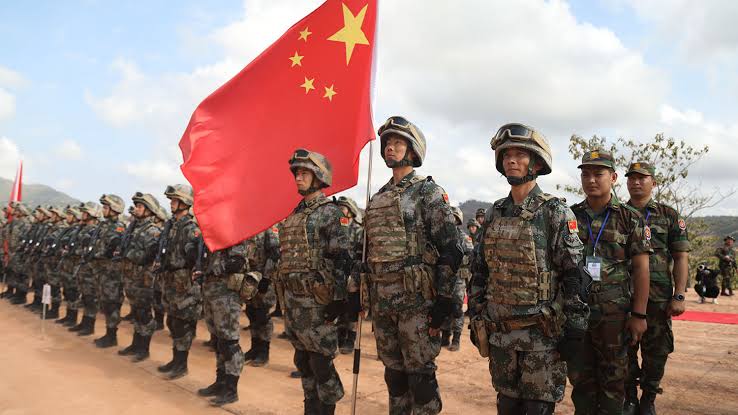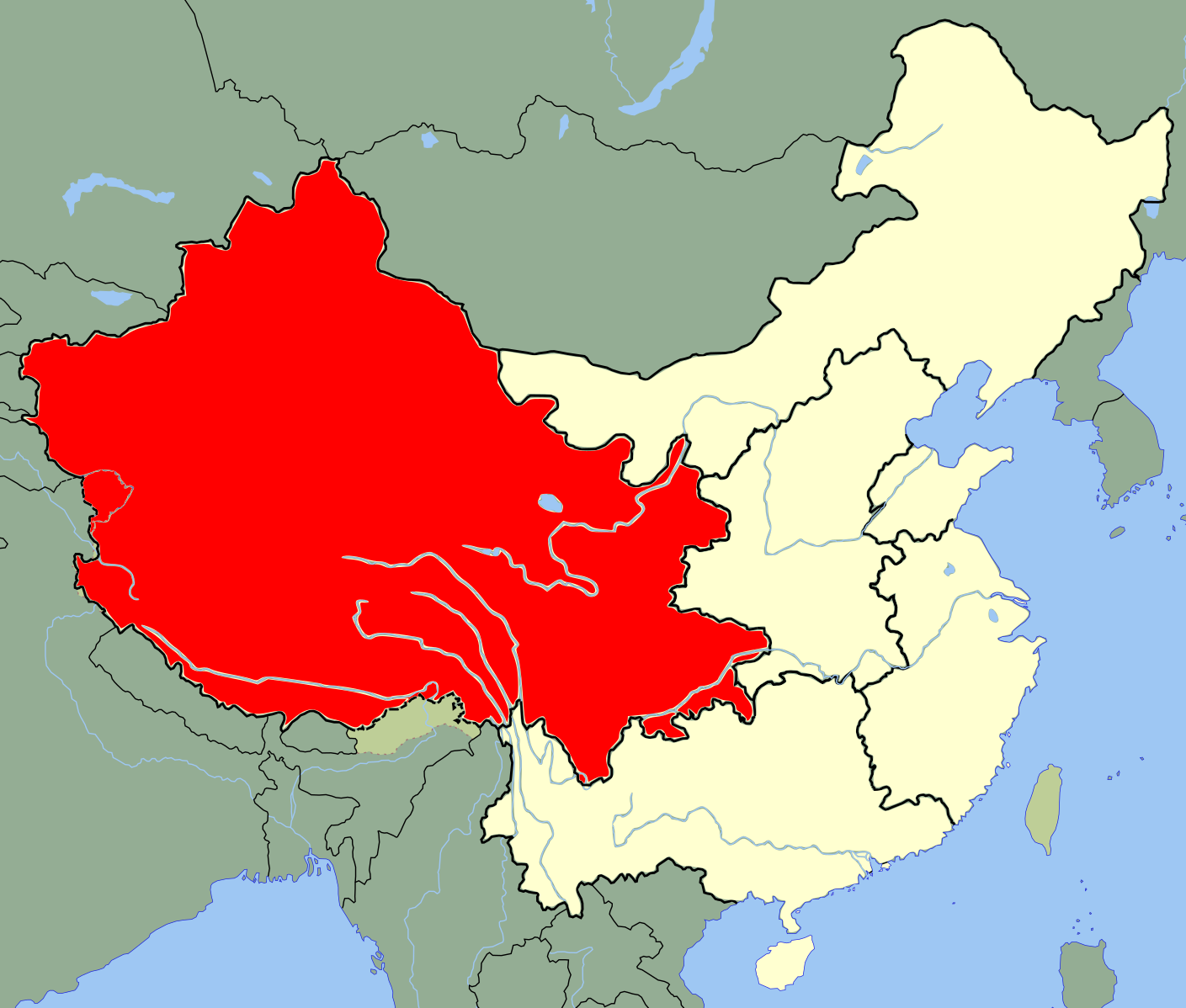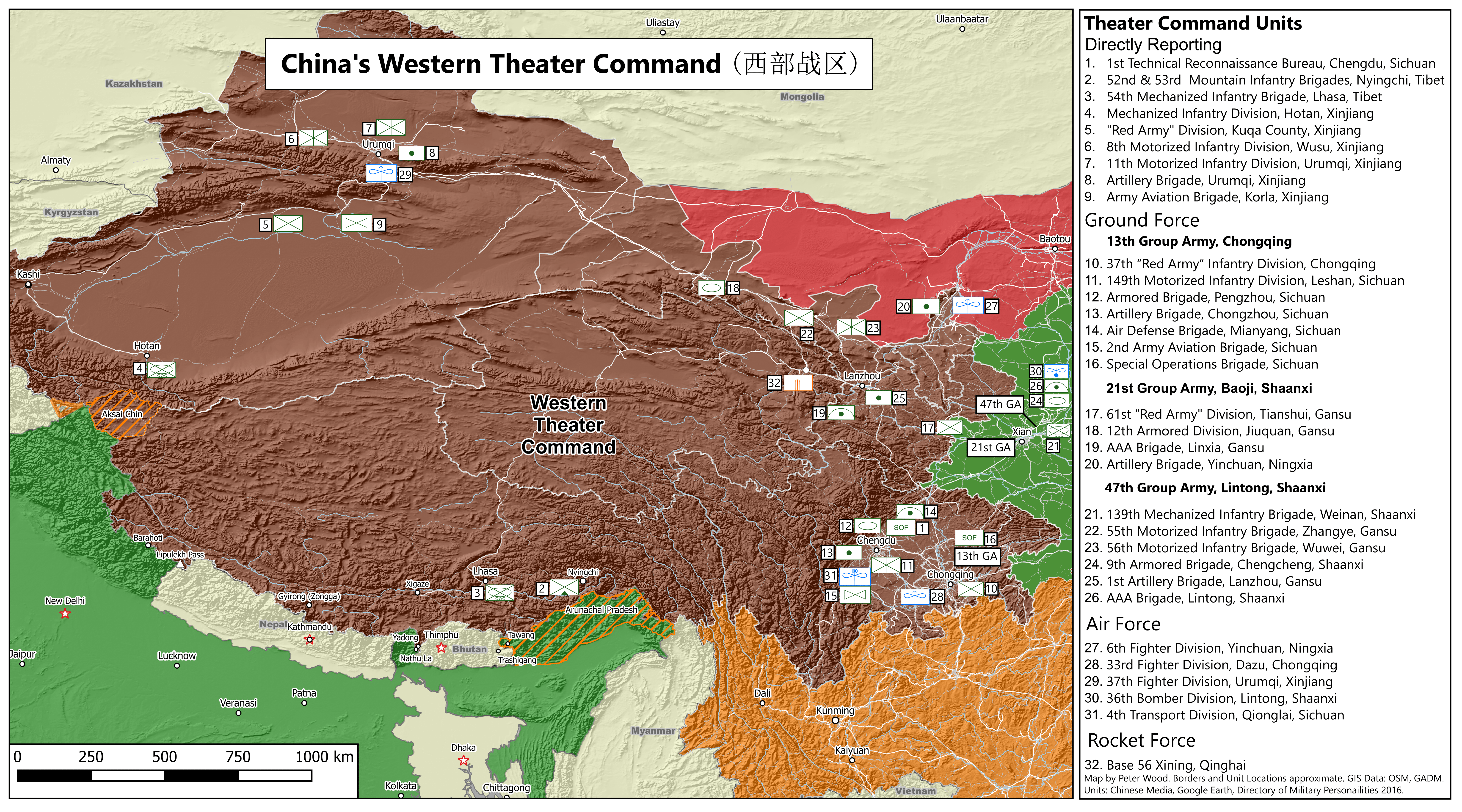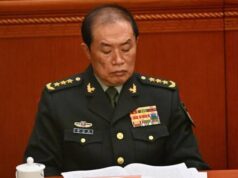Take An Overall view of the PLA And Be Prepared, Quit Worrying

Xi Jinping became the President or rather the State General Secretary of China in 2013, before that in 2012 he had already grabbed the most powerful post, the General Secretary of the Communist Party of China (CPC). He thereafter also grabbed the source of power that is the Chairmanship of the both the Party Central Military Commission (CMC) and State CMC.
Xi then laid down his Aim : To make China Powerful and Prosperous by 2049. For this there had to be total internal Stability through unchallenged authority of the CPC, Modernity through sustained economic progress and military reforms and sovereignty by integration of all claimed territories with the motherland.
Way back in 1929 Mao could only clarify the role of the Chinese People’s Liberation Army (PLA) by saying “to chiefly serve the political ends”. In contrast on December 30, 2014, Commander In Chief Xi Jinping during his address left no doubts by stating that the “PLA remains the Party’s army, and must maintain absolute loyalty to political masters”.
So though Pakistan Army has a country owing allegiance to the Army, most other Armies owe allegiance to their King or the Constitution. However PLA of China owes allegiance to the CPC and not to the Country.
The Commander in Chief of PLA is the Chairman of the State CMC. The State control over the Armed Forces is exercised by the State CMC who take orders from the President. The Party CMC takes order from the General Secretary of the CPC. Now 7 members of the State CMC also happen to be the 7 members of the Party CMC. The Chairman of the State CMC also happens to be the President of China and the Chairman of the Party CMC happens to be the General Secretary of the CPC !!! And all these APPOINTMENTS are being held by one person that is Xi Jinping.
There is a Symbiotic relationship between the CPC and the PLA. The highest body in the CPC is the Politburo standing Committee (PSC) comprising 7 members and is elected out of the Politburo with 25 members. Two of the members of the Politburo are from the PLA.
The 25 members of the Politburo and out of it the 7 for the Politburo Standing Committee are elected by the 376 members of the Central Committee (205 permanent members and 171 Alternate members). Around 20 % members of the Central committee ie 75 members are from the military.
Now coming to the Armed Forces themselves. They are under the CMC and not the Ministry of Defence which is more of a ceremonial body and for liaison with foreign countries. The CMC is the highest military body, composed of the PLA top brass, appointed by the PSC. The chairman of the CMC is of course a civilian who is the Commander-in-Chief (C-in-C) of the PLA and happens to be Xi Jinping. The other members are as under :
Military member No1 of the Politburo…..Vice Chairman
Military member No2 of the Politburo…..Vice Chairman
Defence Minister usually a military person
Chief of Joint Staff
Chief of Political Works Department of Armed Forces
Chief of Discipline and Inspection Department
The CMC is responsible for policy formulation, controlling all the military assets and higher direction of war through 15 offices and departments. Apart from HQ PLAAF and HQ PLAN now three additional Headquarters, namely the Ground Forces, Rocket Force, and Strategic Force, have been created to ensure centralised control of respective assets at the highest level. Imagine earlier there was no separate HQ for the Army (Ground Forces).
The strategic directions for military have been spelt out in the White Papers on National Defence. The last one was issued in 2019 and the previous one in 2015. The Military is to achieve the goal of mechanisation by 2020, basic modernisation including informationisation by 2035, and transformation into a world class military force by the middle of the century. The main thrust of military reforms has been on revamping systems and structures across the board. At the macro level, the focus is on civil-military integration, jointness, and optimisation.
In the new command structure, the President as the C-in-C exercises direct operational control over the PLA. While commanders handle operational and training aspects, Political Commissars are responsible for personal matters, propaganda and indoctrination to establish the Party’s authority over the PLA. Two major features of Chinese war fighting are:
* Pursue ‘Grey Zone Conflict’ strategy alongside ‘nibble and negotiate’ tactics.
* Expand military cooperation to establish a regional security network.
The most important Chain of Command runs from the CMC to the 15 general departments :
*General Office
* Joint Staff Department,
*Political Work Department,
* Logistic Support Department,
* Equipment Development Department
* Training & Administration Department
*National Defence Mobilization Department
*Discipline Inspection Commission
* Politics and Law Commission
* Science and Technology commission
* Office for Strategic Planning
* Office for Reforms and Organizational Structure
* Office fir International Military Cooperation
* Audit Office
* Agency for Office Administration
And in turn, the Chain of Command goes to the Services HQ : Ground Forces, PLAAF, PLAN, Rocket Forces, Strategic Support Forces, the National Defence University and the Academy of Military Sciences. The CMC also solely controls the paramilitary People’s Armed Police (PAP), who have the politically sensitive role of guarding key government buildings (including the main leadership compound of Zhongnanhai in Beijing) and enforcing the law all around China.
At the operational level, the erstwhile 17-odd Army, Air Force, and Naval commands have been organised into five Theatre Commands – Eastern, Western, Central, Northern, and Southern. While the Eastern TC is responsible for the Taiwan Strait, the Western TC looks after the entire Indian border. Putting all the war fighting resources in each TC under one commander ensures seamless synergy and optimisation.
The Western Theater Command is one of the five theatre Command of the PLA of China since 2016.
Western Theater Command

Its jurisdiction includes Sichuan, Tibet, Gansu, Ningxia, Qinghai, Xinjiang and Chongqing. The Western Theater Command has 3x Group Army (Corps size force) and air forces include the 6th, 33rd, 37th and 44th Fighter Divisions, 4th Transport Division and the 36 th Bomber Division. There are units of Rocket Force also based within the theatre. The two Military Regions are also Corps Sized Formations but basically for training, administrative and internal security purposes.
China’s Western Theater Command

The Western Theater Command will focus on combat operations and enhancing joint training of subordinate forces based on wartime missions within the Western Theatre. It will significantly increase joint operations capabilities in the newly formed Western Theater Command with responsibility for the Indian strategic direction.
The Western Theater Command (WTC) is the most expansive of the new theaters with complex internal and external operational requirements. This largest theater has complex terrain including desert and high mountains, long borders, and challenging social conditions.
Theater missions include supporting the People’s Armed Police Force maintaining internal stability in the restive Tibet and Xinjiang regions. Disaster relief requiring liaison with civilian organizations is also an important theater mission. External responsibilities include responding to possible unrest in Central Asia under the auspices of the Shanghai Cooperation Organization (SCO). The SCO sponsored series of Peace Mission exercises since 2005 have trained SCO forces for combined operations responding to large scale unrest. However, the WTC’s primary strategic direction is India and the contested border regions.
The WTC headquarters is located at Chengdu and includes a joint operations command center also located in Chengdu. The theater Ground Forces headquarters is in Lanzhou. The new Strategic Logistics Support Force has subordinate Joint Logistics Support Centers in each theater, with one in Xining for the WTC. The WTC can deploy subordinate PLAA and PLA Air Force (PLAAF) units, and request additional forces from the CMC if required.
The theaters are under transition from the earlier Army dominated Military Regions headquarters, to establish joint commands, gain familiarity between the services, as well as train personnel in their new joint positions. Also It is not yet clear whether PLARF conventional missile launch brigades remain directly subordinate to the CMC or are theater assets. If they remain under centralized control, the CMC would assign brigades to the Theatre for operations.
The theater headquarters likely includes service departments and other specialized elements. A joint command post structure could include a command and control center, intelligence center, communications center, information operations center. firepower coordination center, air defense operations center, special operations center, military affairs mobilization department, political work department, logistics and equipment support department, and other elements as required. The theater would likely include a main, alternate, rear, and possibly a forward command post to command operations in a conflict.
While the Western Theatre is reasonably well equipped, it lacks combat experience. To overcome this handicap, it trains under realistic conditions in well-organized combined training facilities. To support capacity building, adequate budgetary support has been provided. The official defence budget for the year 2020 was $179 billion (actual figures being much higher) for the entire PLA. However, its revenue expenditure is gradually rising due to the huge maintenance cost and provisioning for over 50 million veterans.
After claiming victory over the Wuhan coronavirus, Xi has gone on the overdrive to consolidate his position at home and to project a strongman image abroad, through aggressive posturing by the PLA around the disputed territories in the South China Sea, and against India in Ladakh. It is part of Xi’s campaign to set the stage for the 20th Party Congress due in 2022, during which there will be a reshuffle in the leadership.
PLA’s aggression in Eastern Ladakh during May this year seemed to be well planned as an answer to Dokalam, Maldives and India’s opposition to OBOR initiative of China. It was also a warning against forming the Quad and interfering in Natuna Sea located off Southern Coast of China or the South China Sea. Beijing’s strategic aim apparently was to convey a strong message to New Delhi to kowtow to China’s interests, and to desist from building border infrastructure so as to maintain the status quo.
In tactical terms, its twin objectives were to make territorial gains in the contested areas, and to seek to shift the Line of Actual Control (LAC) westward. They wanted to :
* Pangong Tso area: to dominate the Chushul Bowl,
* Galwan Valley: to dominate the Durbuk-DBO road,
* Depsang Plateau: posture to pose a threat to Siachen and enhance security of the Western Highway.
Although the PLA gained an initial advantage, it did not expect the stiff resistance from the Indian Army. Given the PLA’s intent to hold on to the gains, coupled with the current levels of build-up by both sides, and with the military level talks yielding little results, the de-escalation process is in for a long haul.
China has always ensured that the border issue with India remains unresolved in order to retain the ability to mount tensions on the LAC at will. The current aggression by the PLA in Aksai Chin is part of a grand design with multiple strategic and tactical objectives. The WTC is China’s strategic theatre from the point of internal security, and of working with Pakistan against India.
The entire Chinese Force is spread from Xinjiang along the Himalayan Indo Tibetan Border right to the end of Arunachal and beyond. Whereas Indians, thanks to Galwan now also have3x Corps + force along the Indo Tibetan Border. The Strike Corps is in addition.
Since we have adequate force already, what is needed is rapid improvement of infrastructure, increase in fire power through Force multipliers and a reorganization of our Command and Control System. The IAF certainly needs more fighter squadrons and the Chinese have to be told in no uncertain terms that if they have South China Sea in their name, then there is the Indian Ocean in our name. 80% of Chine oil and other trades passes through this Ocean, fully dominated by India.
We also need a new Northern Command comprising our 14 and 15 Corps and a new North Eastern Command comprising 3 and 4 Corps. A new Corps is also required for defence of the Indo Nepal border, as the Chinese may easily ingress through it.
Once the above is completed then we may take the next step as under and create :
The North Western Theatre comprising new Northern Command, North Western Command (16 and 9 Corps), Western Command and the Western Air Command
The Eastern Theatre comprising the new North Eastern Command, Eastern Command (33 and 17 Corps), Eastern Air Command and the Bengal Naval Area.
The South Western Theatre Comprising the Southern Command ( less ATT& KK Area ), South Western Command, South Western Air Command and Western Naval Command
The Peninsular Theatre comprising Southern Naval Command, Southern Air Command, Eastern Naval Command, A& Nicobar Command and the ATT& KK Area.
The Central Theatre Comprising the Central Command, Central Air Command and Orissa Naval Area.
Meanwhile during all the negotiations our firm resolve must be that there will be NO BUSINESS AS USUAL till the Indo Tibetan Border is fully resolved and marked on ground and maps exchanged. Till that time the process of economic and social decoupling from China will continue with ever increasing pace.




